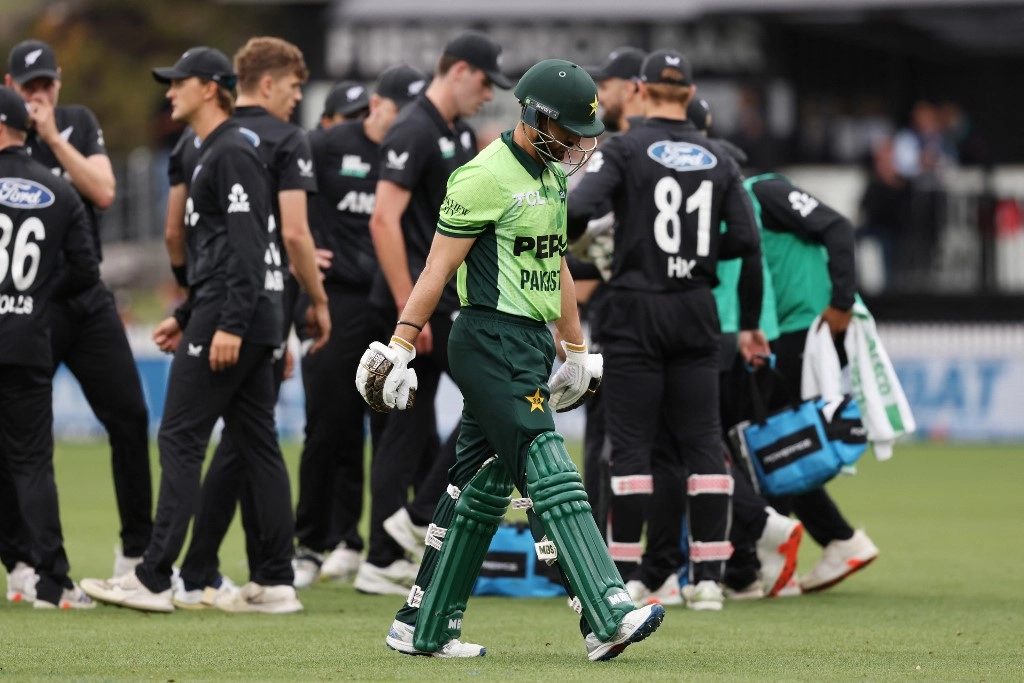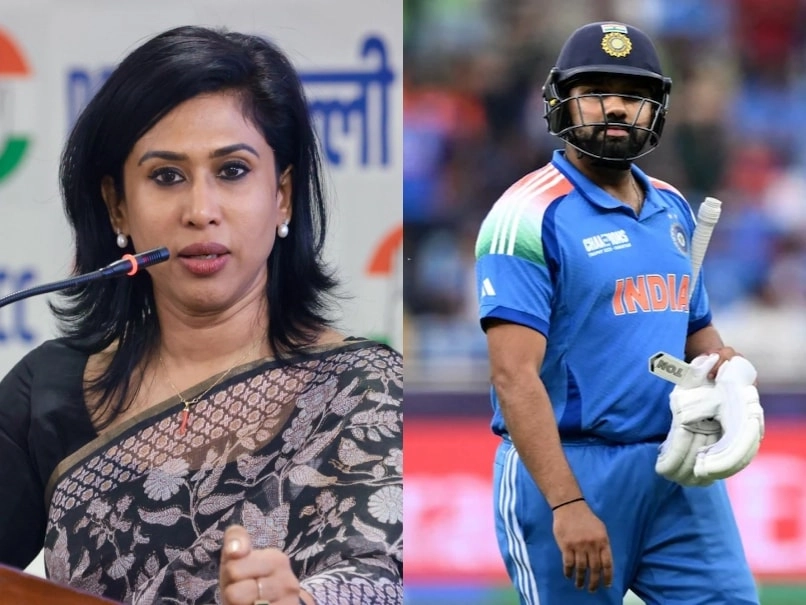Recent reports have suggested that Rohit Sharma’s position as the captain of the Indian ODI team could have significantly disrupted the team’s established culture. This claim raises questions about leadership dynamics within the squad and how a captain’s style can influence the overall atmosphere and performance of the team. Rohit Sharma, who has had a successful career as a player, is also known for his calm demeanor on the field. However, critics argue that his approach to captaincy might not align with the existing culture that has been nurtured within the team over the years.
The report highlights that a leader’s influence extends beyond just tactical decisions and match outcomes; it encompasses the morale and cohesiveness of the team. A captain’s personality can impact how players interact with one another, their motivation levels, and their willingness to take risks. In Sharma’s case, there are concerns that his style may not resonate with a squad that thrives on a more aggressive and dynamic approach. This discrepancy could lead to a lack of synergy, potentially affecting not only the players’ performances but also their relationships off the field.
Moreover, the timing of this discussion is particularly critical, as the Indian team prepares for important upcoming tournaments. Team culture is often cited as a crucial factor in the success of sports teams, and any perceived disruption can lead to a decline in performance. The management and selection committee must carefully consider these dynamics when evaluating leadership options to ensure that the spirit of the team remains intact. As the cricketing landscape evolves, the importance of aligning leadership with team culture cannot be overstated, making this report a significant point of discussion among fans and analysts alike.
In conclusion, the implications of Rohit Sharma’s captaincy on team culture could have far-reaching consequences for the Indian ODI team. It serves as a reminder that successful leadership is not solely about strategic acumen but also about fostering a positive environment that enhances collaboration and unity among players. As debates continue around this topic, the cricketing community remains watchful of how these leadership dynamics unfold in the future and their potential impact on the team’s performance on the international stage.




